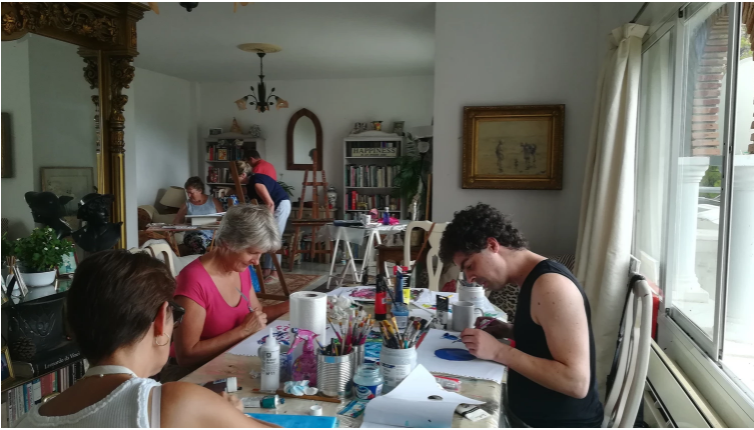Study Says Art Makes You Mentally Healthier, Even If You’re Not Good At It
I came across this great article which I wanted to share by Nick Darlington
Not all of us are artists. But all of us can paint, sculpt, draw, sketch, and do some forms of an artsy thing, on varying levels. Some of us are just naturally more gifted than others, but it doesn’t matter. If you enjoy it, do it. You really don’t have to make a living out of it, and if you are unsure as to whether you might enjoy it, still do it. Not only is there a possibility that you might like it, but also a possibility of making you mentally healthier. Yes, you heard it – mentally healthier. Research has shown:
Music and art may have a positive effect on physiological states. Art can improve the well-being of breast cancer patients. In a study, art reduced negative emotions and improved positive ones.Art can improve overall health and well-being, by offering a form of distraction, improving self-identity and providing a social network to those with chronic illness.And a recent study in 2016, by Kaimal et al, entitled: Reduction of Cortisol Levels and Participants’ Responses Following Art Making found that making art can significantly reduce stress levels, regardless of artistic talent or experience.
This was a finding that was and wasn’t surprising. Girija Kaimal, EdD, mentions to Drexel Now:
“It wasn’t surprising because that’s the core idea in art therapy: Everyone is creative and can be expressive in the visual arts when working in a supportive setting. That said, I did expect that perhaps the effects would be stronger for those with prior experience.”
The Experiment
39 Students (33 women and 6 men), between the ages of 18-59 were included as part of the study. There was a diverse representation of race: 18 students reported limited prior experience with art making, 13 some experience, and 8 extensive experience.
The study involved an hour session of which 15 minutes were used for consent and data collection prior and after the session. The remaining 45 minutes were used for art-making. Creative expression took the form of collages, clay modelling, and/or markers.
Using the three mediums (separately or combined), the participants created an imagery of choice. An art therapist was in the room to handle any questions. Saliva samples were taken before and after to test Cortisol Levels. Cortisol is a biological indicator linked to stress. The higher the level, the higher the stress and vice versa.
Not only was a statistical analysis done, but participants were then asked to provide a brief written description of their experience. One 38-year-old African-American woman said the following after the experience:


